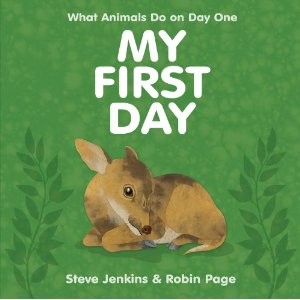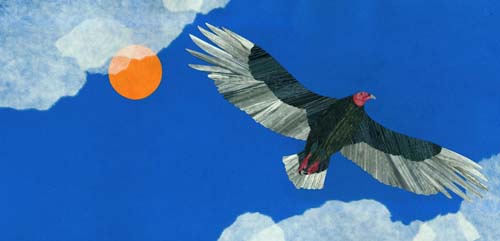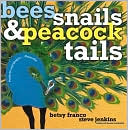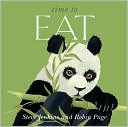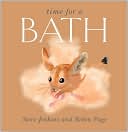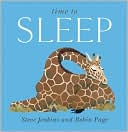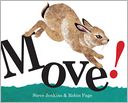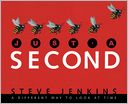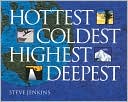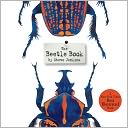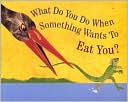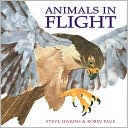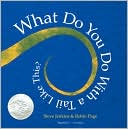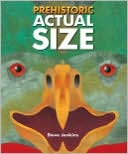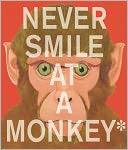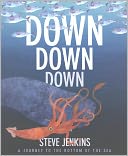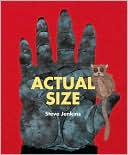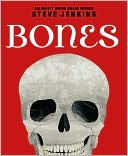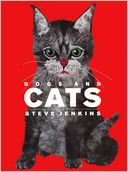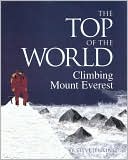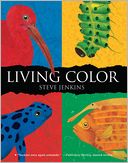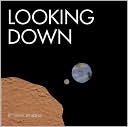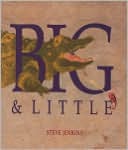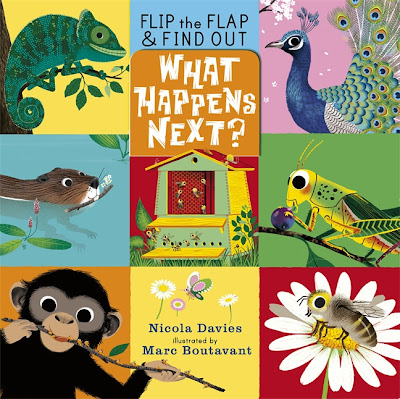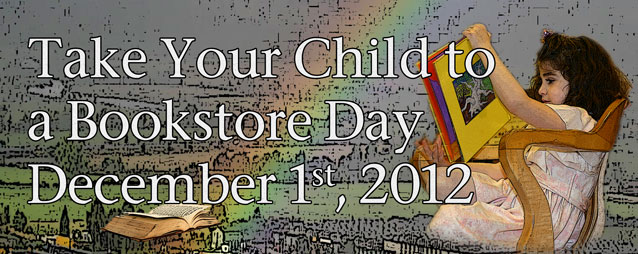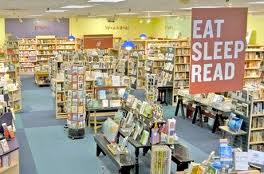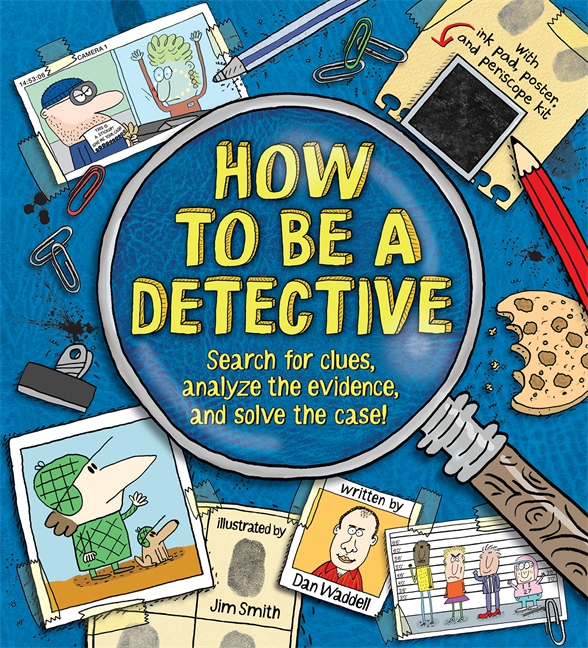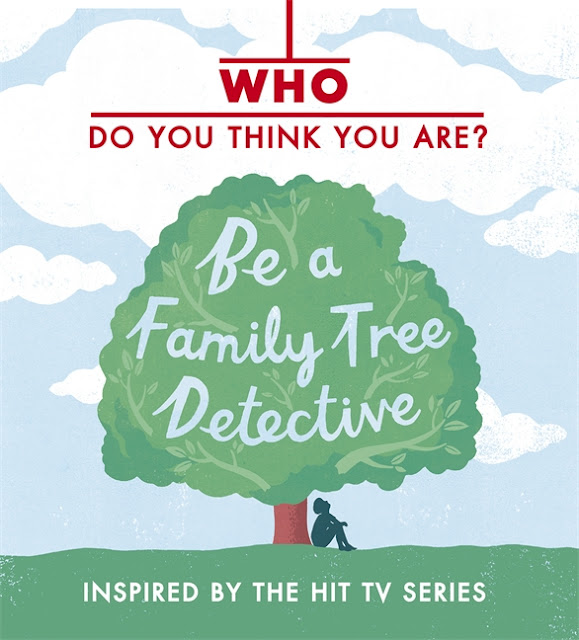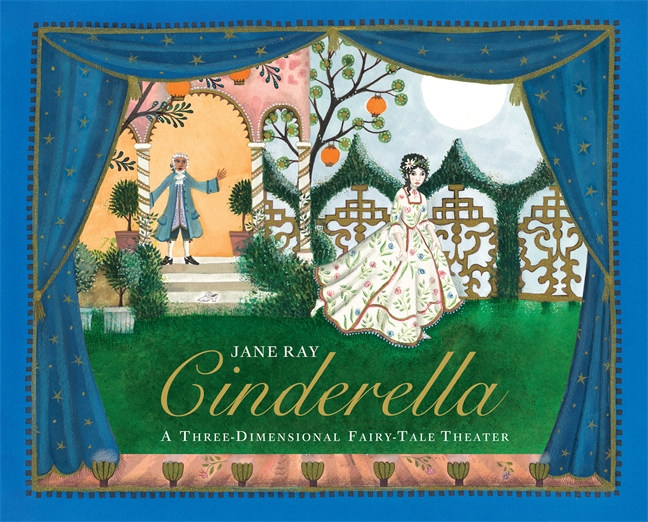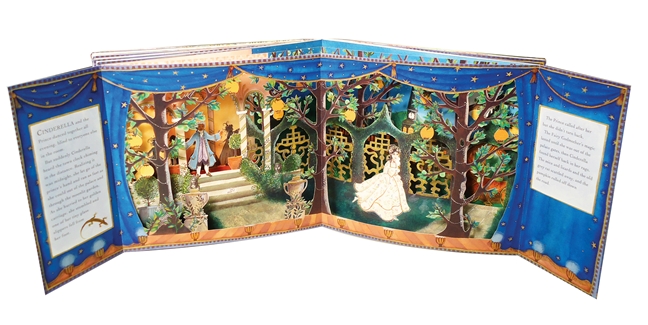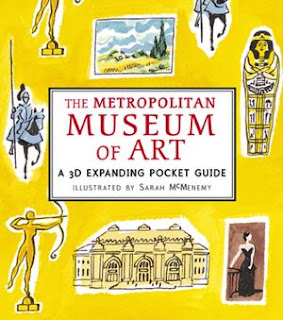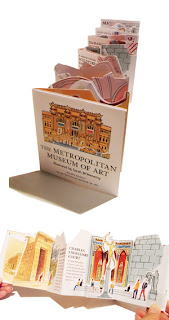Steve Jenkins is remarkably prolific, both as an illustrator and an author. In fact, The Beetle Book is on the The New York Times Best Illustrated Children's Books list this year and he and his wife and frequent collaborator Robin Page won a Caldecott Honor for their book What Do you Do with a Tail Like This? Remarkably, sadly, I have never reviewed any of his books - until now!
Jenkins is known for his stunning illustrations, crisp-edged, brightly colored collages as much as he is known for his presentation of information in a way that speaks directly to young readers. In his acceptance speech for the Boston Globe Horn Book Award (Top of the World, 2000) Steve said of his work, in my books, I try to present straightforward information in a context that makes sense to children. Children don't need anyone to give them a sense of wonder; they already have that. But they do need a way to incorporate the various bits and pieces of knowledge they acquire into some logical picture of the world. For me, science provides the most elegant and satisfying way to construct this picture." This comes through in all of his books which are as visually appealing as they are compellingly written. There are scores of books about baby animals out there, but with My First Day Jenkins and Page are the first to hone in on the experience of the first day of life which, for so many animals, is akin to hitting the ground running, either literally or figuratively. The book begins by asking, "What did you do on your first day - the day you were born? Probably not much." From there, every page features an animal, sometimes alone, sometimes with a mother, saying, "On my first day..." The animals featured range from the common (giraffe, tiger, otter, sea lion) to the uncommon (sifaka, capybara, tapir, parent bug, Darwin's frog.) The animals are chosen for the wide range of experiences they have on their first day of life, from being pushed out of a nest, racing to the water and, in the case of the Darwin's frog, crawling out of his father's mouth where he lived as a tadpole in a special pouch in dad's throat.
While I couldn't find any images from My First Day at the time of writing this review, I included a few from other books by Jenkins to give you an idea of his illustrative and graphic style. Along with zoologist and children's book author Nicola Davies, Jenkins and Page are doing wonders to open up the world of animals and make nonfiction interesting to young readers in new and innovative ways. I hope you will be inspired to look for Jenkins next time you are at a bookstore or library - his books are definitely worth buying and reading over and over!
More books by Steve Jenkins and Robin Page:
